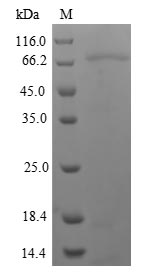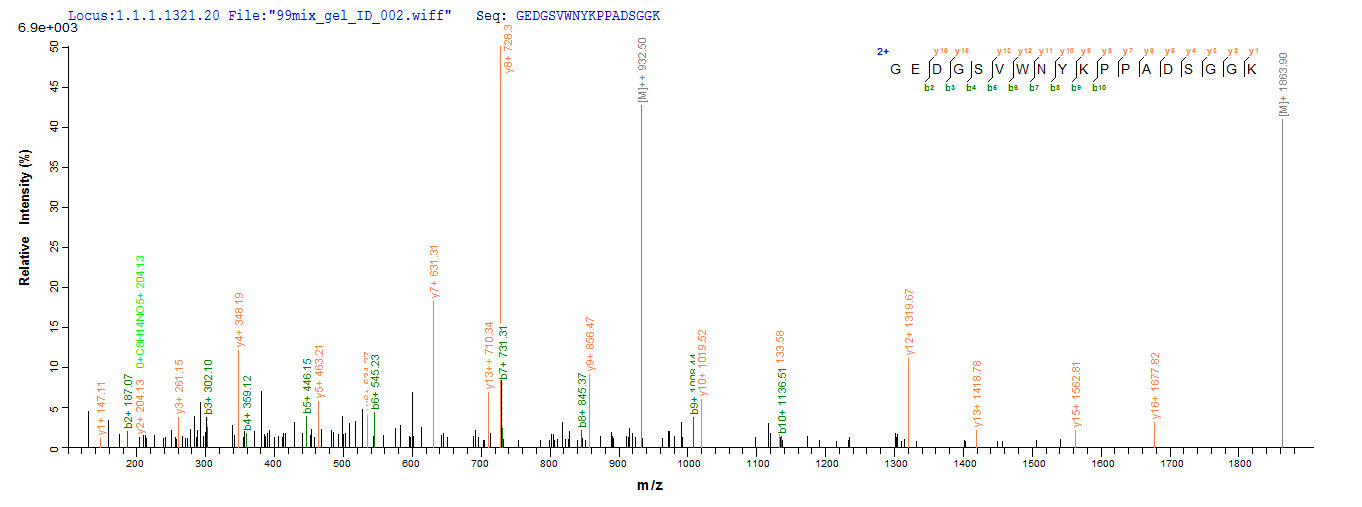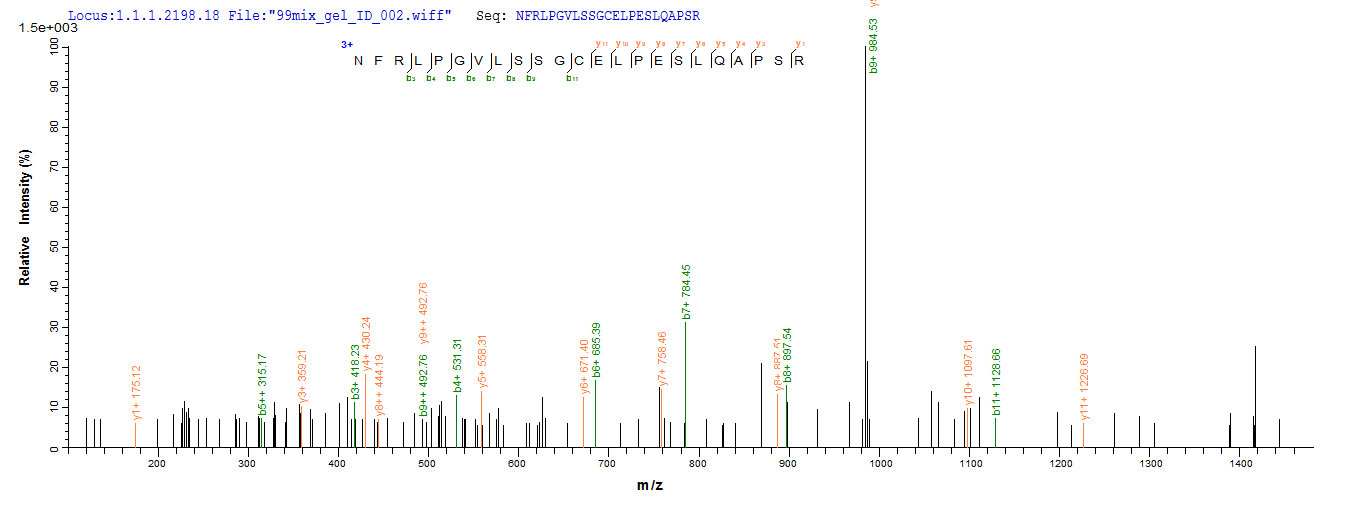The recombinant Human NR1I2 was expressed with the amino acid range of 1-434. This NR1I2 protein is theoretically predicted to have a molecular weight of 69.8 kDa. This NR1I2 protein is produced using e.coli expression system. The NR1I2 coding gene included the N-terminal 10xHis-SUMO tag and C-terminal Myc tag, which simplifies the detection and purification processes of the recombinant NR1I2 protein in following stages of expression and purification.
Nuclear receptor subfamily 1 group I member 2 (NR1I2), also known as the pregnane X receptor (PXR), is a nuclear receptor involved in the regulation of various metabolic processes. NR1I2 acts as a ligand-activated transcription factor, responding to a diverse array of xenobiotics, including drugs and environmental substances. Upon activation, NR1I2 forms heterodimers with the retinoid X receptor (RXR) and binds to specific response elements in the DNA, leading to the regulation of target gene expression. Its primary role is in the detoxification and elimination of foreign compounds by modulating the expression of drug-metabolizing enzymes and transporters. Research on NR1I2 spans drug metabolism, pharmacology, and toxicology, exploring its impact on drug interactions and therapeutic responses.






